Munnar Diaries Part 5 – Here, there and everywhere
In the fifth and last part of her travelogue, Shireen Bharucha winds up her journey and visits all the places left out on her ‘must visit’ list and gives a fitting finale to her journey through this exotic location. Don’t be surprised if you find yourself planning a vacation to this quaint hill station.
On our last day at Munnar, we explore the Mattupetty (meaning cattle village) locale with Jaya and Pawan.
Our first stop is the Floriculture Centre run by the Kerala Forest Development Corporation. Scenically situated, with eucalyptus tree forests on one side and tea plantations on the other, this paradise is a flower lover’s delight. Locally known as the Flower Museum, though not very big, this centre nurtures some of the most exotic and exquisite flowers, besides common garden varieties. Ornamental leaves, herbal plants and creepers are grown. Plants and seeds are sold at the outlet attached.
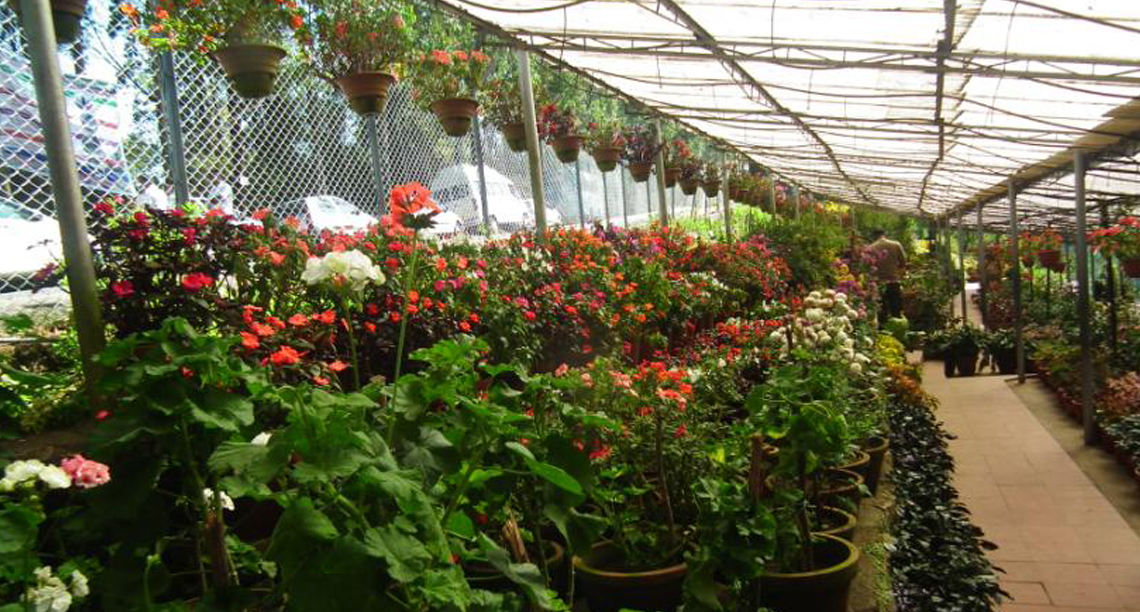
We then stop is the Carmelagiri Elephant Park for a 10 minute elephant ride through a small wooded path. This leaves us poorer by Rs.350/- per head! At the end of the ride a fruit basket can be bought for Rs.100/- containing mostly pineapple. The fruit is fed to the elephant while seated on its back, as the elephant raises its trunk and gently takes the fruit handed to it.
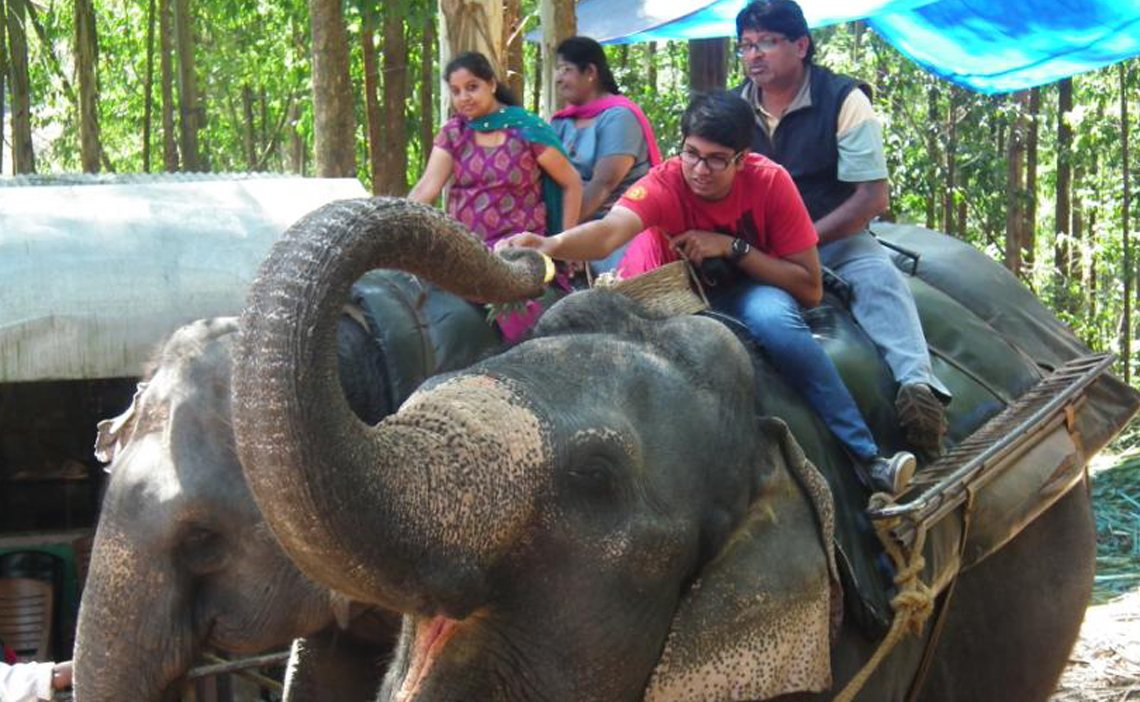
Next on the list is the Mattupetty dam and lake at an altitude of 1700 meters above sea level. Speed boating is on offer, the price for a couple being Rs.500/- per boat for 15 minutes, which is grossly inflated. We walk down to the lake with the red blooms of the Indian Coral Trees adding to the allure of the short walk. From the boat house the views are refreshing – of tea plantations, rolling grasslands and shola forests at the water’s edge. The water is a gleaming emerald green. On the way back, Jaya points out the power house at the Madupetty Hydel Project. The huge spray it releases is impressive.
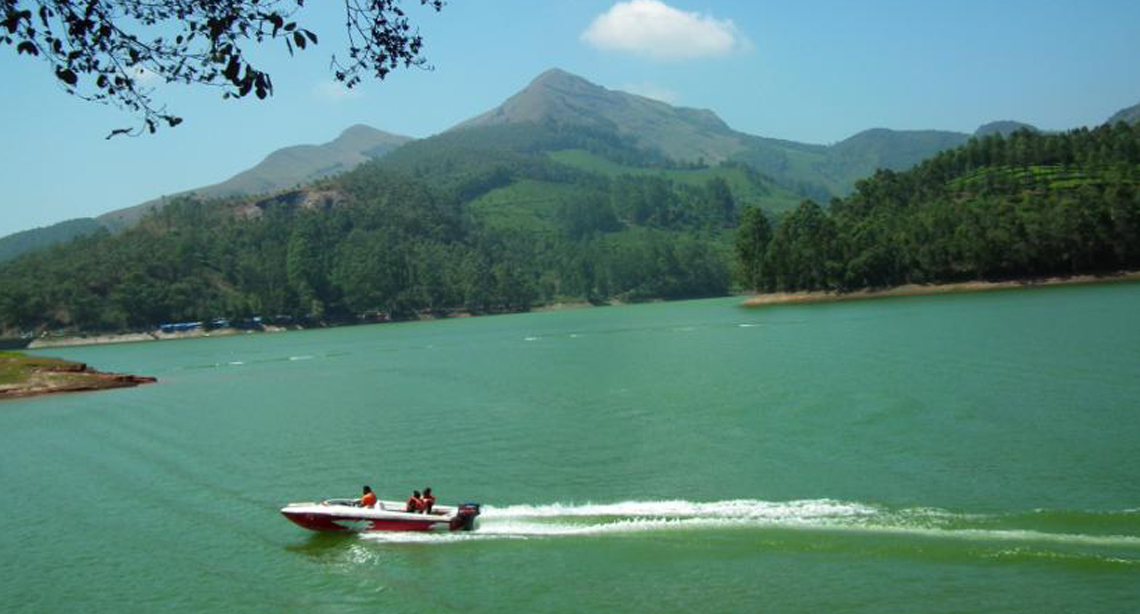
Tata Tea Museum in the Nallathanni Estate, is the country’s first ever tea museum established in 2004 and definitely worth a visit. Entry is Rs.75/- per head. We are ushered into the video room. This very interesting screening traces the transformation of Munnar from a desolate forest in the 1880s to the thriving town of tea plantations it is today. After the screening we gather at the withering room where an informative talk on tea and its origins is given. We are also instructed as to how to brew a good cup of tea – black and green and are treated to a cup of Cardamom flavoured tea.
We are now free to explore the premises with its defunct machines and antiques on display. A century old sundial greets visitors at the entrance of the museum. The prized possession is the Iron Age burial urn dating from the 2nd century B.C. encased in glass and mounted on an ornate stand. I marvel at its perfect symmetry. The furniture section housing century-old furniture from planters’ bungalows including a cooking range dating from 1918, engrosses me. Animal heads and skins are mounted on the walls.
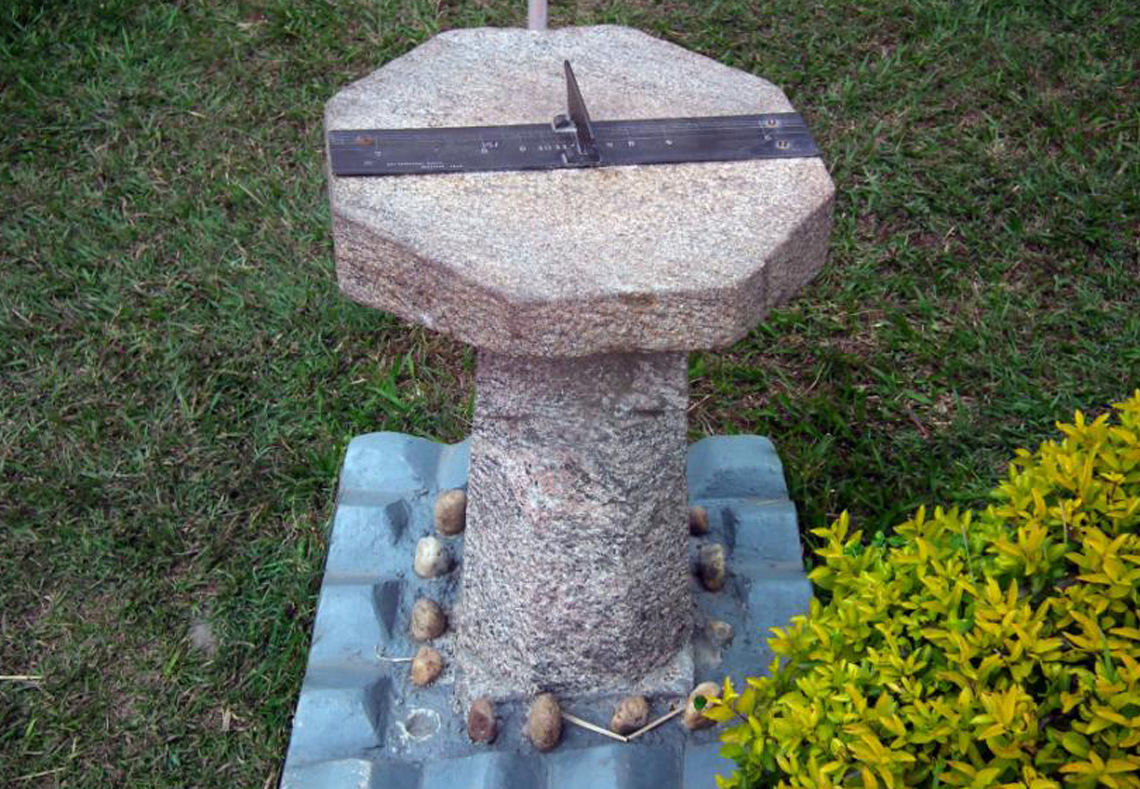
Mattupatty is interesting, but the highlight of our day is a visit, with prior permission, to the High Range Club – the ultimate in grandeur of the bygone era! Established in 1905, then known as the Gymkhana Club, the place retains its original character and ambience. The most interesting is the Gentleman’s Lounge with its period furniture, the display of hats of pioneering planters on its walls, accompanying animal heads and skins, and an impressive display of trophies won over the years.
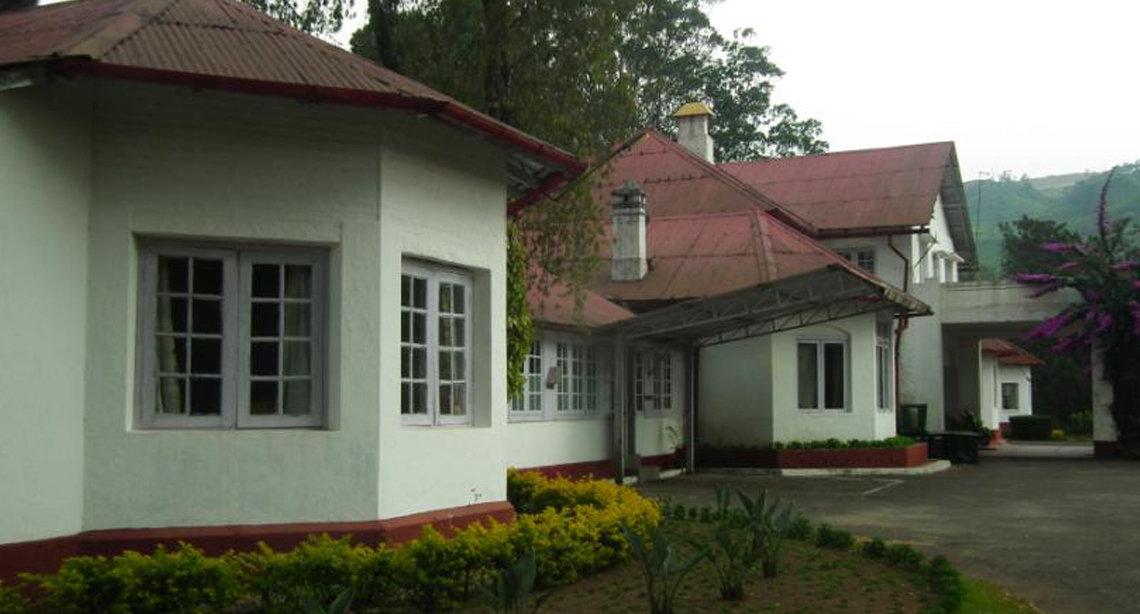
The club offers plenty of activities – billiards, tennis, squash, table tennis, a cards room, a well equipped gymnasium and a 9-hole golf course. The well stocked library caters to the old as also to the young. The books are well guarded in cases that are not only locked but also grilled! Dining and wining is still gracious with well laid tables. The walls decked with old photographs, the antiquated well maintained furniture, the wax polished wooden floors speak of fine living.
At the end of it all, our exceedingly warm hosts treat us to a dinner for two on the terrace with a blazing bonfire going. The Kerala Thali consists of quail eggs, mutton pepper fry, sliced fish cooked in banana leaf, fish moilee, string beans, Kerala fougath, avail – vegetables cooked in turmeric flavoured yoghurt, moru curry, shallots cooked in roasted coconut gravy, sambhar, rasam, yoghurt, Kerala paratha, steamed rice and two different desserts – a regal repast! Each item is superb. However do be warned that one thali is more than sufficient for two.
How would I describe Munnar? Being a nature lover I quote George Gordon Byron: ‘There is pleasure in the pathless woods, there is rapture in the lonely shore, I love not man less, but nature more’. There is so much more to be discovered in Munnar’s pathless woods!
Quick Links
Part 1 – A portfolio of Munnar
Part 2 – Kolukkumalai : The world’s highest organic tea plantation
Part 3 – Kerala’s oldest martial art: Kalaripayattu
Part 4 – Munnar – discovering history
Part 5 – Here, there and everywhere
The views expressed by the author are in her personal capacity.


